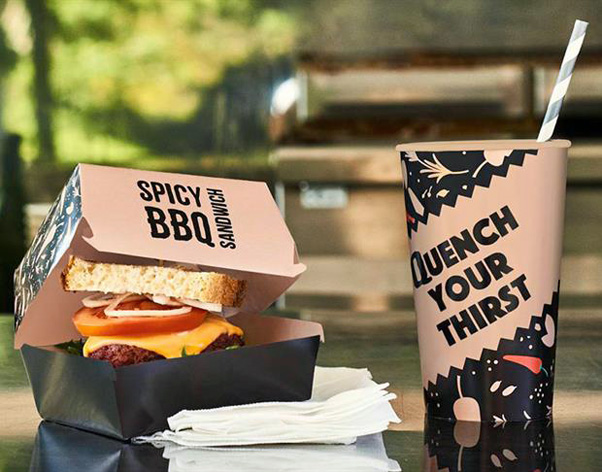Packaging Design Impacts Consumer Registration of Organic Foods
Green, illustrations, paperboard, and distinctive fonts are parameters which are significant for how consumers act when they choose, or not choose organic products. Many consumers are all in to organic food, but there are also many skeptics, as detailed n a new report by Stora Enso, Finland.
.
British consumers who buy organic or aspire to do so, firmly believe that it’s better for you – no pesticides and no E numbers. They feel that it tastes better. Many feel buying organic is more important for certain types of products—especially meat and dairy, as it means no usage of antibiotics. However, many aspire to buy organic but their budget simply will not stretch to it.
Some are more skeptic about organic food, beyond its price. They believe it does not always equal better taste. Some people feel that if you choose something that is organic, you need to follow through and buy everything organic for it to make sense.
The package is important for our behavior of buying. In the U.K., consumers believe that organic food is easily identifiable through its design. For example, the Brits highly associate designs with green, earthy colors and muted colors, and a rustic, authentic and "back to nature" look and feel with organic food. They also believe that it has less photography, more illustrations, and distinctive fonts and that the package is in paperboard. Disappointing though, some brands are copying the organic look and feel to communicate that their products are healthy and better for you than the average ones, without being truly organic.
The "bio" notion evokes a wide spread of associations among German consumers. The regional aspect means shorter transports and ingredients that fit the seasonal needs of the consumers. People think that treating both the environment and themselves well will lower the risks of toxics and chemicals. For many, organic equals premium, high-quality food, and is therefore considered more expensive. People are willing to pay more for fruits and vegetables, eggs, meat, fish, and partly for dairy products. The animal welfare, for both ethical and own health reasons, is also an important argument to choose eco, and not only by vegans or vegetarians.
However, there is no unconditional trust in bio products, seals, or labels. Consumers in Germany have a lot of skepticism about supermarket chains and the mass of bio products. Organic food packaging is expected to deliver the look and feel of "unprocessed" nature. Organic packaging tends to have a smart design in solid materials. Paper and carton board is preferred and also mute colors with a rough surface. The packaging should be simple and plain with natural depictions.
Even if bio logos have to be placed on bio food, not all of them are understood and consumers are not sure which ones are trustworthy. For consumers, organic is automatically linked to sustainability. Examples of sustainable but useful packaging in terms of a natural feel and functional usage are sandwich and wax paper.
In China, consumers believe organic food is healthy, yet some are suspicious about the authenticity. Due to the concerns on food safety, some environmentally conscious and high-end consumers always buy organic vegetables and grains, but seafood and meat are difficult to ensure if it is organic. Some consumers are suspicious about the genuineness of the organic foods in the market; therefore they are not willing to pay a premium price for current organic products.
In China, consumers believe organic products are all well packed with "organic" printed on the package. Some products even provide more detailed descriptions such as no chemical pesticide, no chemical fertilizers, no chemical additive, no artificial coloring, or no GMO (genetically modified organism). Chinese consumers like organic food packaging to be transparent so that they can see the content clearly. To give the food an even more organic feeling, some consumers hope the packaging can be recycled as well.
TAPPI
http://www.tappi.org/

